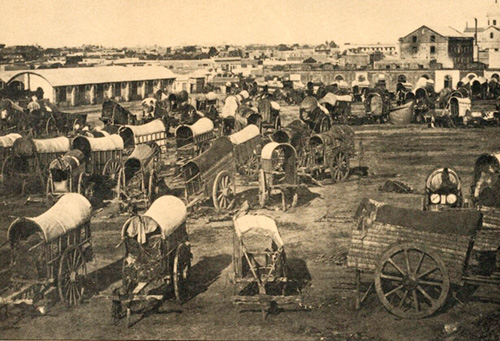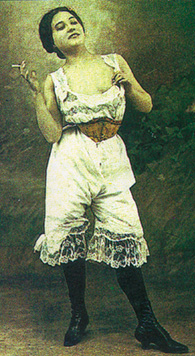News
TANGO AND THE COMPADRITO
City Ports have historically been fertile breeding grounds for popular music and culture.

Imagine the docks and outskirts of Buenos Aires at the beginning of the 20th century.
The arrabales or poor suburbs were a cultural cauldron where millions of immigrants mixed with native born Creole Argentines to create tango, a new dance and music which would grow, endure and keep developing to the present day.
Plenty has been written about the men who lived and breathed tango at this time. The following picture has emerged of what is most likely to have been the earliest version of the milonguero of today.
A compadre in the neighbourhood was a “dominant, well respected semi urban type of some means often engaged in herding cattle from the Pampa to the slaughterhouse… and retaining the attitude of the progressively displaced gauchos: fierce independence, masculine pride and a strong inclination to settle affairs of honour with knives”*

The diminutive of the name and a less savoury version of the man was the compadrito, generally younger, native born and extremely poor.
He wore a loosely tied handkerchief around his neck, a slouch hat (usually grey), high heeled boots and a knife either concealed or tucked in to his belt. Some had a jopo, a kind of forelock.
A myth has survived which attributes his exaggerated swagger and mincing gait to ill fitting, un matched boots, either stolen or inherited. True or not, it reflected his way of life: his high minded attitude at odds with his income and his distaste for authority.
Although sometimes vagrants, often compadritos were employed as factory hands, slaughterhouse workers, shoe shines or as artisans. In the photo above right a group of coachmen drink mate (out of shot) to the strumming of a guitar, which was the earliest tango instrument.
Compadritos imitated the manners and posture of the more established compadre, often in a mocking way and retained the traditional creole way of speech, un influenced by the immigrants. He was less a criminal than a hoodlum who lived on his wits and he must have exhibited an amiable charm in order to ensure his success with women.
He was the early protagonist of the tango, improvising and charming his way around the bars, cafes and brothels, competing for the prostitutes many of whom were imported to the city as part of a thriving foreign white slave traffic in Buenos Aires at the time. Indeed the city was known as “the port of missing women” where “European virgins unwillingly sold their bodies and danced the tango.” **
Tough, competitive, street wise, manipulative and territorial, the compadrito is likely responsible for the enduring undiluted machismo of tango.

* Tango by Collier, Cooper, Azzi & Martin
**Tango Argentino: A History
BACK TO BLOG POSTS






